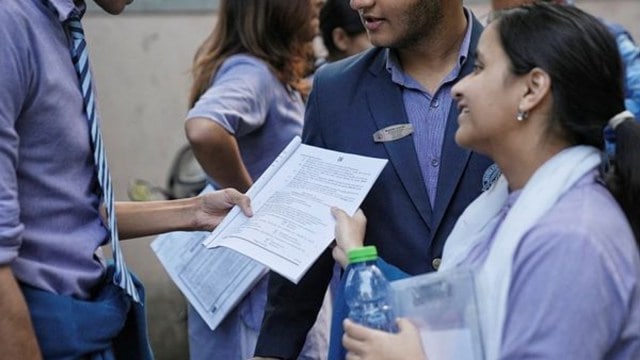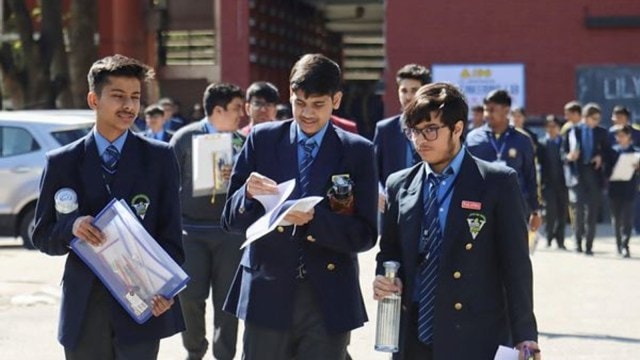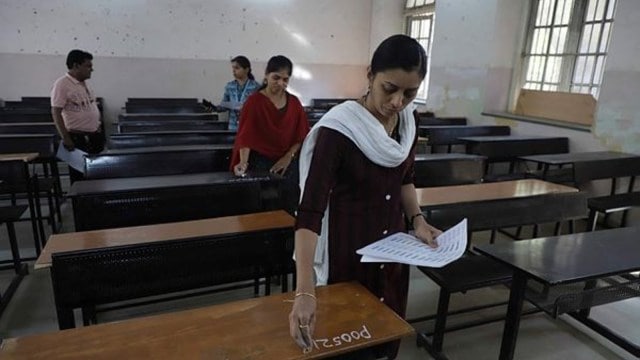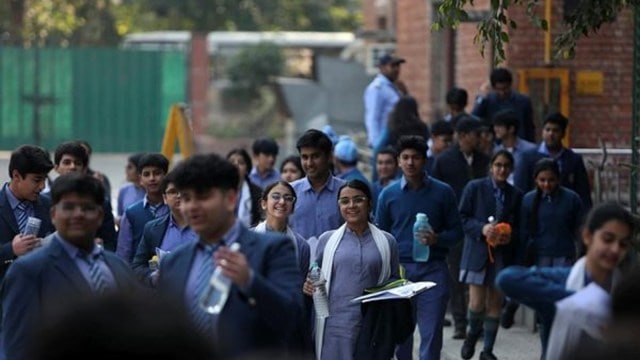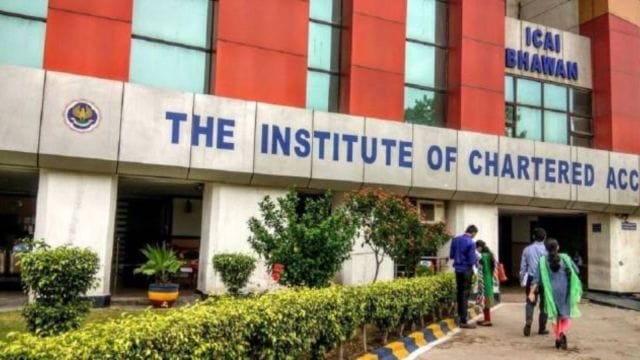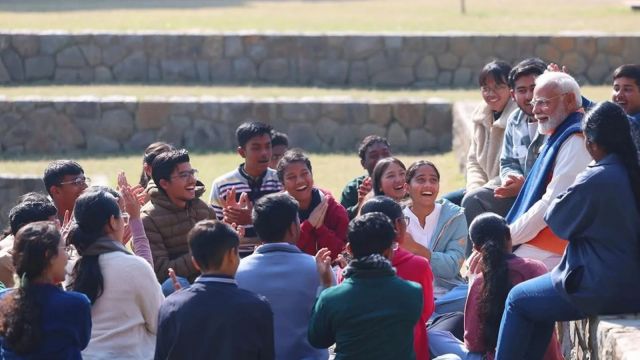
Maharashtra Assembly Elections: Five things to watch out for as Mahayuti & MVA court Independents, rebels ahead of results
Ahead of the Maharashtra Assembly election results Saturday, the ruling Mahayuti and the Opposition Maha Vikas Aghadi have begun reaching out to independent and rebel candidates should their need arise to cross the halfway mark in the 288-member House.
Hotels have been booked and helicopters kept ready in case winning independents need to be transported quickly. On Friday, parties held online meetings to issue final directions to candidates. NCP (SP) state unit chief Jayant Patil told candidates not to leave the counting centres until the last vote is counted.
The Congress too asked candidates and polling agents to match numbers on Form 17 C handed to polling agents before the start of counting of votes. All candidates have been told to leave the counting centres only after collecting certificates from returning officers and to reach Mumbai Saturday night itself.
The Assembly elections this time saw an increase of over four per cent in voter turnout, its highest since 1995. Both the ruling and Opposition alliances have cited this as a sign of victory. Other than the rise in the voter turnout, the increase in the number of women voters is also set to play a key role in the outcome of a contest that is widely believed to have been a close one – the number of people who cast their votes this election has jumped by 71 lakh or 12.5% since the Lok Sabha polls.
Of the 288 Assembly constituencies, 262 witnessed a rise in voter turnout. Only 26 saw a decline. While 18 seats witnessed more than 10 percentage points increase in turnout – Palghar led with a 24 percentage point jump in voting over that in 2019. At least 104 seats saw a voter turnout rise between 5 and 10 percentage points. From agrarian distress to government sops favouring women, caste equations to communal appeals, several issues dominated the discourse during the poll campaign.
The Mahayuti government’s flagship Majhi Ladki Bahin scheme, which deposited Rs 1500 a month in the accounts of women below the poverty line, has been hailed as a game-changer by the ruling alliance, recovering from the losses in the state in the Lok Sabha polls. The Mahuti is pointing to the increase of around 4.7 per cent women votes as a positive sign.
The Opposition MVA too promised additional benefits such as Rs 3,000 to women per month, Rs 4,000 to unemployed youth, farm loan waiver up to Rs 3 lakh and Rs 25-lakh health insurance cover.
Soybean is one of the major cash crops in almost 60-70 Assembly constituencies. Despite the MSP of Rs 4892, farmers have been complaining about receiving on an average Rs 4100 to 4300 per quintal. Sensing the discontent, the Opposition promised to raise the MSP to Rs 7000 per quintal.
This is the first Assembly polls for both Shiv Sena and NCP after the splits within. Out of the 288 seats, the Shinde Sena and Uddhav Sena have contested against each other in 49 seats while the Ajit Pawar NCP and Sharad Pawar NCP are facing each other in 38 seats. The results will decide the future of these parties.
The agitation seeking OBC status for the Maratha community led by Manoj Jarange-Patil adversely impacted the Mahyuti candidates in the Lok Sabha polls, especially in Marathwada. It led to the consolidation of Maratha votes along with Muslim and Dalit votes. While Jarange-Patil decided not to field his candidates in the Assembly polls, his call was mainly against those from the BJP. The Mahuti believes this led to the counter consolidation of OBCs in its favour.
The division of six major parties into two groups led to dissatisfaction over the final choice of candidates. A majority of the 288 constituencies witnessed rebellion. In some constituencies, friendly fights may alter the results. The number of votes going to rebels and independents could impact the outcome.
Apart from these candidates, smaller parties like MNS, VBA, OBC leader Prakash Shendge and Mahadev Jankar too have fielded candidates in over 180 seats.They may spoil the equations of major parties.

 Posts
Posts Sign up as a Teacher
Sign up as a Teacher